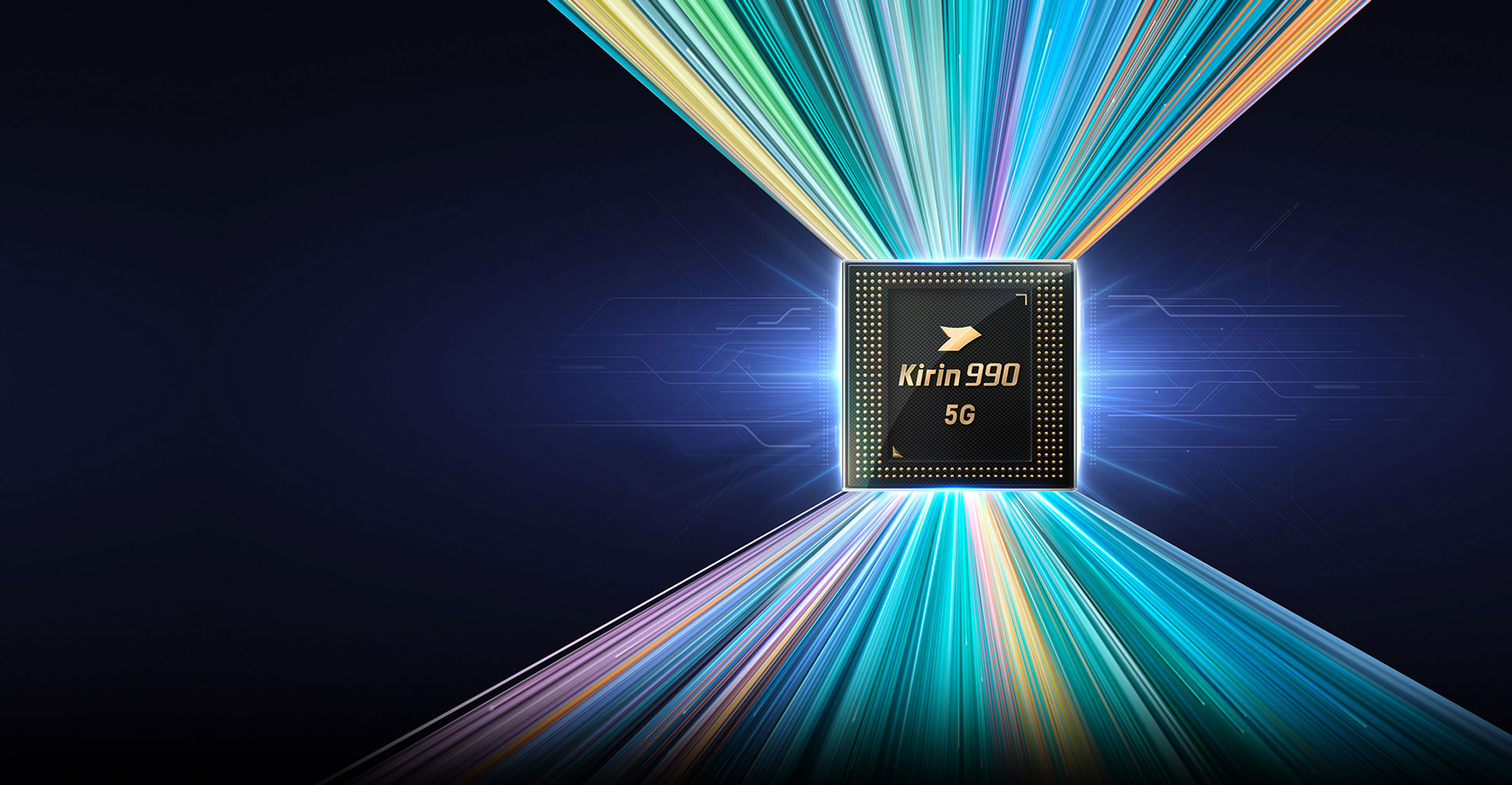 The Trump administration has fired multiple salvos against Huawei Technologies since the start of a campaign to derail China’s technological ascendancy. The latest blow threatens to cripple the country’s tech champion.
The Trump administration has fired multiple salvos against Huawei Technologies since the start of a campaign to derail China’s technological ascendancy. The latest blow threatens to cripple the country’s tech champion.
Huawei’s leafy campus in southern China has been engulfed in a state of emergency since the US commerce department in May banned the sale of any silicon made with US know-how — striking at the heart of its semiconductor apparatus and aspirations in fields from artificial intelligence to mobile services. Its stockpiles of certain self-designed chips essential to telecommunications equipment will run out by early 2021, according to people familiar with the matter.
Executives scurried between meetings in the days after the latest restrictions, according to one person who attended the discussions. But the company has so far failed to brainstorm a solution to the curbs, they added, asking not to be identified talking about private matters. While Huawei can buy off-the-shelf or commodity mobile chips from a third party like Samsung Electronics or MediaTek, it couldn’t possibly get enough and may have to make costly compromises on performance in basic products, they added.
What Huawei’s brass fears is that Washington, after a year of Entity List sanctions that have failed to significantly curtail the company’s rapid growth, has finally figured out how to quash its ambitions.
The latest curbs are the culmination of a concerted assault against China’s largest tech company that began years ago, when the White House tried to cut off the flow of American software and circuitry; lobbied allies from the UK to Australia to banish its network gear; even persuaded Canadian police to lock up the founder’s daughter.
The latest measures, however, are a more surgical strike levelled at HiSilicon, the secretive division created 16 years ago to drive research into cutting-edge fields like AI inference chips. That unit surged in prominence precisely because it’s viewed as a saviour in an era of American containment, and its silicon now matches rivals’ like Qualcomm’s and powers many of Huawei’s products: the Kirin chips for phones, Ascend for AI and Kunpeng for servers.
In doubt
Now that ambition is in doubt. Every chip maker on the planet, from Taiwan Semiconductor Manufacturing Co to China’s own Semiconductor Manufacturing International, needs gear from American outfits like Applied Materials to fabricate chipsets. Should Washington get serious about throttling that spigot, Huawei won’t be able to get any of the advanced silicon it designs into the real world — stymieing efforts to craft its own processors for mobile devices and radio frequency chips for 5G base stations, to name just two of the most vital in-house components. Dubbed the Foreign-Produced Direct Product Rule, or DPR, Trump’s latest constraints have implications for China’s 5G roll-out, for which Huawei is by far the dominant purveyor.
The ban “focuses on HiSilicon-designed chips, which present the biggest threat to the US”, Jefferies analyst Edison Lee wrote in late May. “The DPR could quash HiSilicon and then Huawei’s ability to make 5G network gear.”
The scene at Huawei’s Shenzhen nerve centre invokes deja vu from a year ago, when Huawei billionaire Ren Zhengfei emerged from seclusion to declare his company’s survival in doubt. In the months following that proclamation, two things happened. US companies, spooked by the prospect of losing billions, lobbied Washington for exceptions to the Entity List and suppliers from Intel to Micron Technology relocated assembly to increase foreign-produced components and continue supplying the Chinese company. Huawei employees — spurred on by patriotism given perceptions the nation was under attack — went to 24-hour days to design alternatives to American parts.
 The latest curbs could prove more effective because they remove Huawei’s chip maker of choice from the equation. In theory, any chip maker can petition the commerce department for approval to ship Huawei-designed semiconductors, and opinion is divided on both sides of the Pacific as to how far the agency will allow shipments to proceed. But if it chooses to enforce the new curbs to the hilt, HiSilicon can no longer take its designs to TSMC or any foreign contract manufacturer. And local peers such as SMIC typically operate two generations behind TSMC.
The latest curbs could prove more effective because they remove Huawei’s chip maker of choice from the equation. In theory, any chip maker can petition the commerce department for approval to ship Huawei-designed semiconductors, and opinion is divided on both sides of the Pacific as to how far the agency will allow shipments to proceed. But if it chooses to enforce the new curbs to the hilt, HiSilicon can no longer take its designs to TSMC or any foreign contract manufacturer. And local peers such as SMIC typically operate two generations behind TSMC.
In fact, the latest curbs could severely disrupt production of some of the more critical and visible products in Huawei’s portfolio, including the “Kirin” brains and communications chips of future 5G phones, AI learning chips for its cloud services and servers, and the most basic kinds of chips for networking. In February, Huawei touted how its next-generation antenna chips have been installed in “the industry’s highest-performance” 5G base stations. It may no longer able to ship those base stations after the chip inventory runs out.
“HiSilicon won’t be able to continue its innovation any further until it’s able to find alternatives through self-development and collaboration with local ones, which will take years to mature,” said Charlie Dai, a principal analyst at Forrester Research. “We estimate that Huawei’s inventory of high-end chips (including baseband chips and CPUs for Huawei’s high-end smartphones) may last 12 to 18 months maximum.”
Modern chip manufacturing at the highest levels simply cannot happen without American gear from the likes of Applied Materials, KLA and Lam Research. Even in basic wafer fabrication, replacing TSMC is impossible because the Taiwanese foundry is the only company able to reliably make semiconductors using 7-nanometre or smaller nodes — a must for high performance. Moving everything in-house — essentially building an American-free plant — is a pipe dream because it requires extreme ultraviolet lithography machines from ASML Holding — a prerequisite for next-generation chip making. Yet ASML’s machines also use American technology from the likes of suppliers such as II-VI and Lumentum Holdings. The best Chinese alternative could be Shanghai Micro Electronics Equipment, but its EUVs are again a few generations behind the Dutch firm’s.
All that’s even before factoring in the uncertainty over Huawei’s access to design software developed by Cadence Design Systems and Synopsys. The pair provide electronic design automation (EDA) tools that Hisilicon’s engineers rely on to draw up blueprints for next-generation processors. As Christopher Ford, assistant secretary of state for international security and nonproliferation, told reporters in late May: “If one wants to be working in the area of the very best chips, the chips that have the most computing power packed into the smallest space, it is necessary to use US design tools right now because we have a commanding comparative advantage in that area.”
Threat to 5G ambitions
“While there will be lots of opportunity to continue selling lesser quality chips to Huawei, this will be an additional challenge for the really good stuff,” he added.
In the long run, the lack of consistent in-house chip supplies will disrupt China’s grand ambition of challenging the US for global tech supremacy. More immediately, they threaten to curtail China’s crucial US$500-billion 5G roll-out — a key piece of Beijing’s longer-term strategic vision.
Huawei stands at the centre of Beijing’s $1.4-trillion New Infrastructure initiative to seize the lead in 5G-based technology. Now it’s uncertain if it can even fulfil the 90-plus contracts it’s won so far to build networks for local operators like China Mobile and other carriers around the world. That’s because HiSilicon’s chips are essential in products waiting to be shipped out. The uncertainty of not just fulfilling contracts — but also around Huawei’s very ability to maintain clients’ networks once they’re up and running — may also spook potential future customers.
Internally, executives remain hopeful of finding a workaround, and are repeating the same mantra of a year ago — doing without American technology isn’t impossible. “The good news is we still have time,” said one person involved in Huawei’s supply chain management. Chip architecture and supply “redesign takes time, but not something that can’t be done”. — (c) 2020 Bloomberg LP




